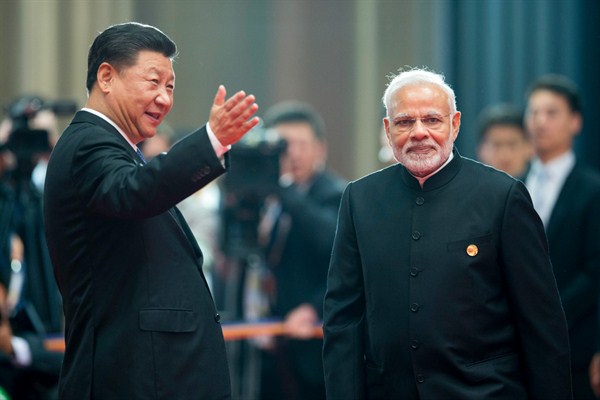On his five-nation swing through Asia last November, U.S. President Donald Trump touted his administration’s vision for a “free and open Indo-Pacific.” The idea of focusing attention and resources on the world’s most populous region, where America’s economic future lies, struck most observers as smart and strategic, although the details remained vague and were difficult to square with his moves to dismantle his predecessor’s trade policies in Asia. But now Trump’s emerging Middle East strategy, marked most of all by his withdrawal last month from the Iran nuclear deal, may derail whatever goals he has in Asia before they get off the ground, benefiting China most of all.
The president’s own National Security Strategy claims that America’s “vision for the Indo-Pacific excludes no nation.” It identifies the mounting challenges posed by China’s military and economic expansionism, pledging to push back on every front. Yet picking a fight with Iran could once again ensnare the U.S. in the Middle East, distracting it from its stated priorities in Asia. Didn’t the 2003 Iraq War, or even the 2011 intervention in Libya, whose lack of day-after preparation President Barack Obama called the “worst mistake” of his administration, demonstrate the danger of heading down the path of confrontation in that part of the world?
When assessing the risks of such Middle East interventions, Washington understandably focuses on the impact to its regional interests. But the opportunity costs for a robust, well-resourced Asia policy—a top international priority for Trump and Obama, though articulated differently—deserve greater consideration.

